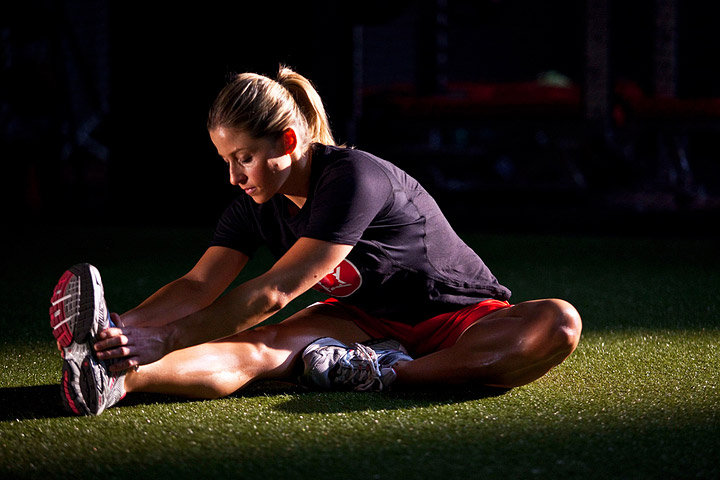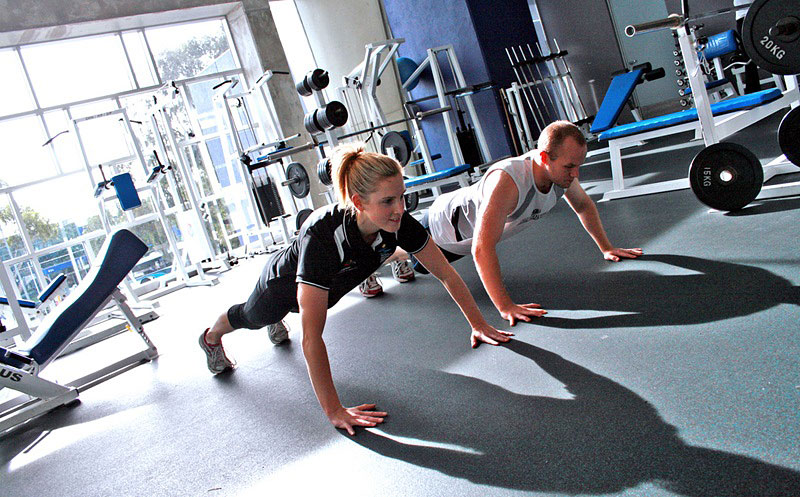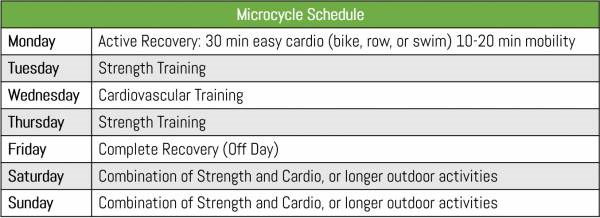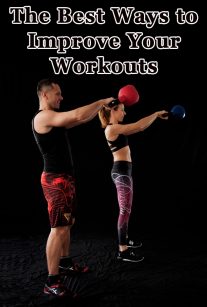
The “no pain, no gain” mantra of sport and performance is holding less credence than it used to. This is good news, because the more we learn about the body’s ability to adapt to external stimuli, the more intelligently we can train and recover. Creating intelligent training begins with the concept of periodization, and its application to our daily, weekly, monthly, and annual fitness regimen.
Stress, Rest, Repeat
While it began as a protocol for elite athletes, periodization holds incredible utility for the rest of us, as well. The original idea was to allow for maximum performance at a single event or series of events, like an Olympic swimmer competing to qualify for the team, and then winning subsequent gold in the Games.
But the effects of alternating periods of programmed stress and recovery are beneficial to an athlete at any level. Periodization provides a systematic way to plan workouts in order to maximize progress while limiting susceptibility to injury. Periodized programming is ordinarily divided into units of time called macro- (yearly), meso- (monthly), and micro- (weekly) cycles. Recovery is purposefully prescribed into each of these cycles.
To better understand the concept of periodization, it is important to be familiar with the variables used to design a training program. The FITT concept outlines these variables:
- Frequency: How often an activity is done, typically defined as a number of workouts per week.
- Intensity: The level of effort of an activity. Devices such as heart rate monitors, cycling wattage monitors, and running pace calculators can be used to quantify intensity. For cardiovascular performance, intensity is manipulated to stress a specific energy system (i.e., aerobic, anaerobic, lactate tolerance). Intensity can also be manipulated for muscular development (i.e., hypertrophy, muscular endurance, muscular strength, maximal power).
- Type: The type of activity being performed. For an endurance athlete, cardiovascular fitness is the most important focus, and their type of training should be specific to that pursuit. The same is true for an athlete who is focused primarily on strength-related goals.
- Time: How long should work and rest intervals last?
Workouts Are Only Half the Story
Recovery is as important to a training program as the workouts. There are numerous ways to recover, including complete recovery, active recovery, nutritional considerations, and external modalities including soft tissue mobilization and massage. The concept of periodization incorporates complete recovery and active recovery.

Periodization began as a concept for elite athletes, but its principles benefit everyone.
Complete recovery is purposely scheduling days completely off from all activity. Active recovery is training at an intensity that causes extremely low stress to both the cardiovascular and musculoskeletal systems. Rowing, cycling, or swimming at an intensity level no greater than a 4 on a scale from 1-10 are great choices. Active recovery typically lasts between 20-60 minutes, depending on your baseline level of fitness. These two approaches to rest are the best ways to allow your body to work its innate physiological magic to recover completely.
Microcycles
The shortest unit of time in a periodized schedule is the microcycle, or a single week. From a recovery standpoint, most athletes do well with one complete recovery day and one active recovery day per microcycle. Each workout outside of recovery days should be specific to the athlete’s overall goals.
Below is what a typical training week might look like for an athlete whose main goal is to maintain overall health and fitness:

Mesocycles
The next tier in a periodized schedule is a mesocycle, usually a month-long block. I find it most effective to have a mesocycle that consists of four microcycles. Using this template, the first three weeks are used to gradually progress any of one of the FITT variables. The last week, or “recovery week,” will have the same number of workouts on the same days, but to prevent the body from taking too far of a physiological step back, the volume is reduced and the intensity is maintained, or even slightly increased.
The purpose of the recovery week is to allow the body to fully absorb the stress you have placed on it over the course of the previous three weeks. During recovery week, your body will adapt to that stress, allowing you to return to your workouts fresh, energized, and confident that you will continue to develop as the base week of the second mesocycle begins. For strength work, recovery week means keeping your weights the same, but doing fewer repetitions. For cardio, it means working out for a shorter period of time at the same pace or wattage you used in the first week.
Here’s what a simple mesocycle may look like:

Macrocycles
Finally, the macrocycle breaks training down into an annual or seasonal block. Olympic athletes and coaches use this type of organization to monitor yearly training progress, and to ensure peaking occurs when it matters most. Endurance athletes and coaches use these blocks, often a few times per year, to ensure they are as fit and rested as possible before entering their most important races.
The rest component of the macrocycle for our hypothetical athlete may come in a two- to four-week continuous block of time where workout intensity, volume, and structure are reduced. This chunk of time allows for unstructured workouts and play to reinvigorate. It could coincide with a busy holiday season or a planned vacation. Just as the recovery week of each four-week block provides necessary rest for future progress, so does the two-to-four weeks of rest at the end of the macrocycle.
Smarter Work Yields Better Results
Training as hard as you can all the time is a recipe for fatigue, burnout, and injury. Periodization can be used to safely improve our health, avoid the consequences of overtraining, and balance training with the stresses of everyday life. Periodization is about going farther by working smarter. It’s applying the right stress at the right time, for the right duration, to create the right gains. Using it in your training program will go a long way toward ensuring your continued health and continuous progress.




Leave a Reply